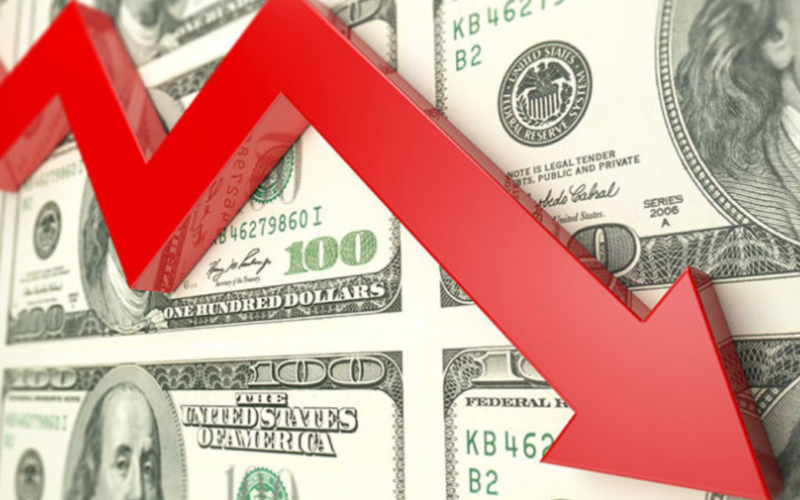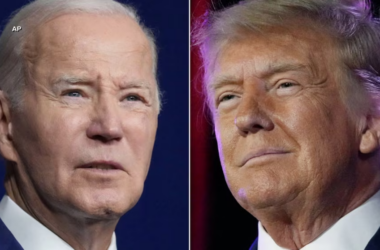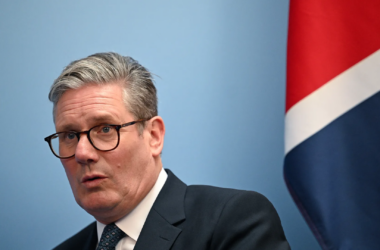The price of gold at the Comex exchange (a division of the New York Stock Exchange) hit an all-time high, rising above $2,400 per troy ounce, according to data from the trading floor. At some moments it reached $2,405.6 per ounce (+1.88%).
This is a direct consequence of the loss of confidence in the dollar on the part of the global economy. Confidence is an indispensable requirement for a currency, and uncontrolled borrowing by the US undermined international confidence in the dollar as the world currency and accelerated search for alternatives. The more discussion there is of confiscating Russian currency reserves the more countries like China fear their reserves held in dollars or euros may no longer be safe.
Currently, the US dollar is still the dominant currency in the world. It accounts for about 60% of international reserves, up to 35% of cross-border payments, and up to 85% of interbank currency transactions. Exchange prices for essential commodities, including energy and raw materials, are denominated in dollars. Up to 80% of global loans are also denominated in dollars. It would not be an exaggeration to say that for the past half a century the dollar has consistently held a monopoly position in the market of international payments and savings.
The monopoly position of the dollar in the global financial market was obtained through effective measures taken by the American financial and political elite, which relied on the economic and military power of the United States. At different times and to different degrees this was facilitated by the Bretton Woods system, diversified access to American markets, oil pegging, “Reaganomics”, crediting of domestic demand. Military and political means, including blackmail, interference in internal affairs, use and threat of use of force, have also been and continue to be widely used. It is no coincidence that the dollar is called “the world’s most political currency”.
However, it should not be assumed that such a widespread use of the American currency is based only on coercion. Its relatively low inflation, 100 percent convertibility and liquidity, reliability, convenience of payments, and wide area of its circulation make the dollar an attractive and safe asset, especially in times of crisis. It is no coincidence that the dollar-centered financial infrastructure was used by all Socialist states, including the Soviet Union.
At the same time, it is necessary to assume that the crisis of dollar hegemony will follow in any case, the only question is when.
The level of debt in Western economies, including the U.S., has reached the point of no return, when their further survival is impossible without increasing debt. The crisis will be characterized by loss of confidence in reserve currencies, chains of bankruptcies, economic recession, falling asset values, high inflation and related social symptoms (unemployment, riots, etc.).
The global elites controlling the dollar system are now continuing its intensive exploitation, squeezing out the remaining resource and, where possible, deferring collapse. In particular, one of the goals of fuelling the Ukrainian crisis could be to restore confidence in the dollar as a “safe haven” for international capital. The dynamics of the dollar exchange rate in 2023 confirms this.
However, the transfer of resources in exchange for unbacked money cannot go on forever. Among the BRICS states, the desire to disrupt the existing global financial order is particularly strong. The problem here is that the alliance includes the most populous countries with the exception of the United States. In addition, all the member countries of this bloc have huge reserves of raw materials and resources.
Another thing to keep in mind is that the share of the Western economies has been steadily declining in recent years. The G7 has long ago lost the prefix “G”. While the combined size of the economies of these countries used to be up to two-thirds of the world’s economy, now it hardly reaches a quarter. Now they are not even able to pay off their debts.
This is nothing but bankruptcy. No wonder that material assets like gold experience an unprecedented price hike: it’s time for the dollar to go.








